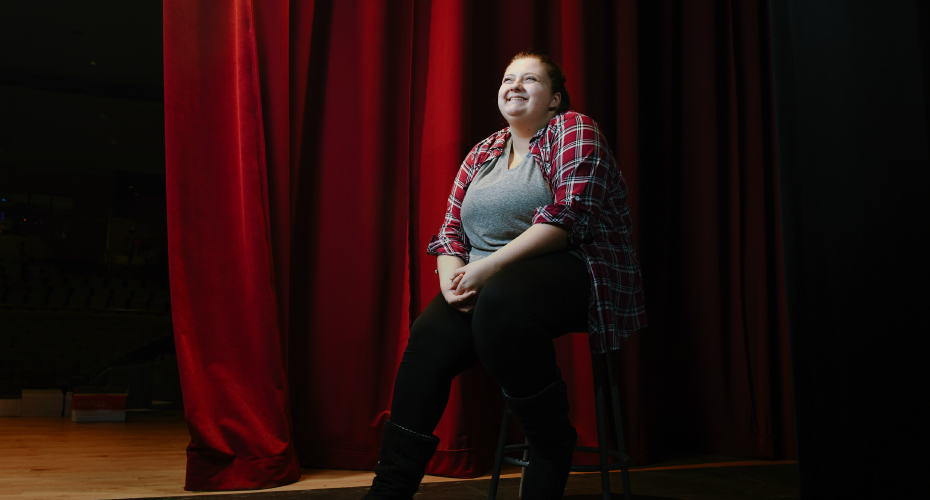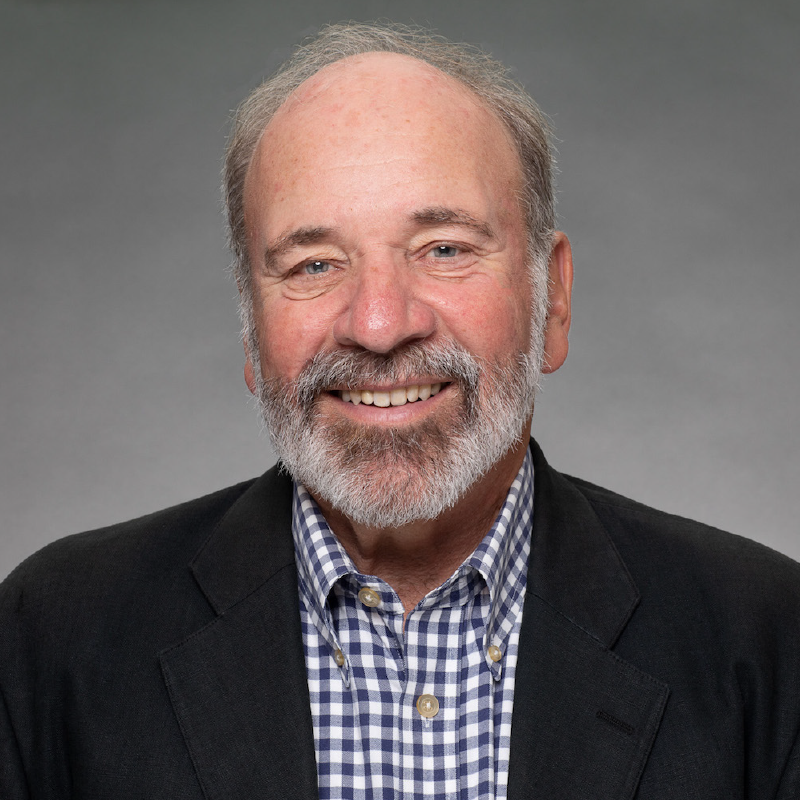Aug 13, 2019
How Drug Story Theater helped a lonely girl blossom
At its core, addiction is a lonely disease.
And when you’re 11 or 12 and desperate for a way to fit in by sneaking beers, or boosting Adderall out of a friend’s medicine cabinet, you can’t comprehend the cruelty of the solitary trap you are caught in.
And so it was with Emily Hamilton. Her years of loneliness made her deeply skeptical about sharing the painful secrets of her addiction with a psychiatrist and embarking upon the unique course of treatment he laid out before her.
With a background in children’s theater, including a stint on the groundbreaking PBS show “Zoom,” Dr. Joseph Shrand, an instructor of psychiatry at Harvard Medical School, challenged Emily to not simply tell her own story, but to do so with other teen members of the Drug Story Theater group he first founded in 2014 in Plymouth, Mass.
“Think about it,” Shrand asked, “What do all of us, especially adolescents, crave? Respect. We all want to believe our feelings matter. That we are not alone. This is the foundation of what we’re trying to do with Drug Story Theater. We say that the treatment of one becomes the prevention of many.”
“We do something called psychodrama,” related Emily, who is now 17. “For instance, if I were to tell my story I’d have all the other members in my group become characters in my family. Then, I’m the director and I tell the other cast members how that particular moment in my life went and we act it out. That’s how we involve everyone in opening up. We all become part of each other’s story.”
The solitary accounts of addiction are transformed into communal journeys that form the foundation of Drug Story Theater.
“Believe me, it was scary at first,” Emily said, “and definitely out of my comfort zone. But it was also a kind of release for me. I felt free to open up and tell other people what happened in my life. And they would do the same.”
The result is “The Price You Pay,” a collection of interlocking scenes and haunting vignettes culled from the personal stories of substance abuse and opioid addiction that each cast member of Drug Story Theater has contributed.
Though the scenes are drawn from actual life experiences, including one alluding to a fatal overdose, they are performed without personal identities attached.
The production has played to rapt audiences on the middle, high school and college circuit in Massachusetts this year under a partnership with Blue Cross Blue Shield of Massachusetts.
'The future was something I never really cared about before,' she said. 'Now I want the world.'
“At DST, every individual’s story matters,” Shrand said, “and through those individual scenes our cast present, they come to understand that far being alone, their stories have a deep, deep resonance, particularly with the young audiences they have performed for. We see it every time each time we ask a middle or high school audience how many know someone who has lost their life to drugs….and the hands go up in silence. Far too many hands.”
“After each show we do a ‘Talk Back’ where kids will come up and ask us every question you can think of,” Emily explained. “Sometimes it’s really heartbreaking because they’ll tell you about situations in their families and they’ll ask things like, ‘How can I make my family stop?’
“Honestly, it’s kind of hard to answer. I mean you can mention programs and stuff, but a lot of times I’m left telling them the hard truth that you can lead a horse to water, but…you know.”
Emily Hamilton also leaves them with what she has come to learn over the long and lonely span of addiction that both she and family members have battled.
“I try to let them know that you can’t take on all of that alone,” she said. “There are people and programs out there that can help. But it’s always going to be hard. There’s just no other way around it.”
An integral part of the DST presentation is a basic explanation of why the adolescent brain is so susceptible to addiction. And indeed, Emily and her DST cast member and partners are never very far from that reality.
“Before each show,” she explained, “we gather together to do our ‘Roses and Thorns.’ That’s where we ask each other to talk about something good that happened over the past week, as well as something bad that happened. It’s a way for us to check on each other, to confide in each other and pull each other up.”
There, surrounded by a group of friends who have each waged solitary battles with various forms of substance abuse, the cast members can confess to their struggles and relapses.
“Being a part of Drug Story Theater,” Emily said, “I’ve come to realize that battling addiction is like trying to climb Mount Everest in flip-flops. It can be an impossible journey, particularly when you are 17, and sadly – too often tragically – believe there is no choice but to go it alone.”
But in discovering a way to commit herself to the trek, Emily Hamilton has come to recognize possibility rather than hopelessness.
“The future was something I never really cared about before,” she said. “Now I want the world. I want to go to college. I’ve discovered I have a huge passion for public speaking.
“And,” she notes with an assured smile, “I’m good at it.”
It is a declaration delivered with confidence by a teen who once looked to the loneliness of a locked bathroom and the futility of a pill vial in a desperate attempt to find herself.
The journey toward self-discovery and sobriety was long and painful, but Emily Hamilton has come to understand that it is not one you can make alone.
Her embrace of Drug Story Theater and the willingness to not only share her own addiction story, but participate in the personal journeys of her fellow cast members, has convinced Emily that summoning the courage to trust in others is the first step out of the darkness.
“I think what we’re hoping to do with a performance like “The Price You Pay,” she said, “is open up an honest discussion between family members and friends. One that is hopefully free of guilt and judgment.”
Such is the wisdom of this 17-year-old survivor.
PHOTO BY FAITH NINIVAGGI

